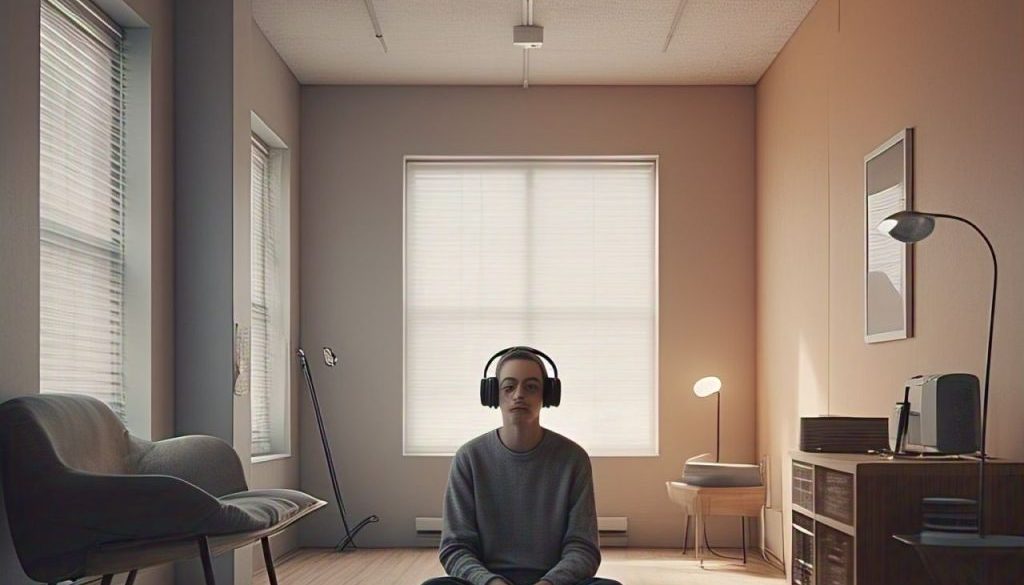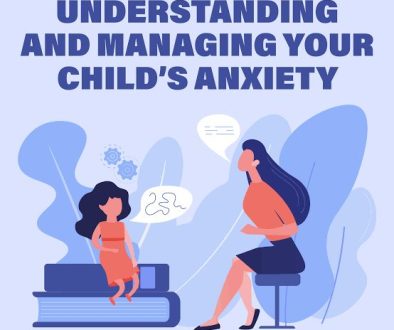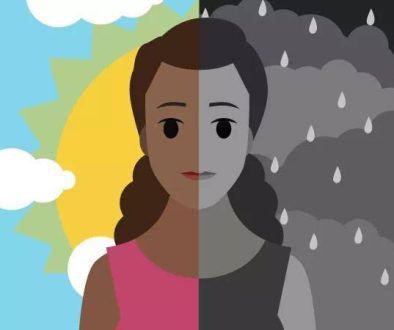Misophonia: Understanding the Complexities of Sound-Triggered Emotions
Misophonia is a chronic condition characterized by intense emotional reactions to specific sounds, often referred to as triggers. These triggers can be as mundane as chewing, breathing, or sniffing, yet they can elicit strong feelings of anxiety, anger, or disgust in individuals with misophonia.
History and Prevalence
Misophonia was first described in the early 2000s, and since then, research has been ongoing to understand its causes, symptoms, and treatment options. While the exact prevalence of misophonia is unknown, studies suggest that it affects approximately 10-20% of the population, with women being more likely to experience it than men.
Symptoms and Triggers
The symptoms of misophonia can vary widely from person to person, but common characteristics include:
– Intense emotional reactions: Individuals with misophonia often experience strong feelings of anxiety, anger, or disgust in response to trigger sounds.
– Trigger sounds: Common trigger sounds include chewing, breathing, sniffing, or other noises that are typically considered innocuous.
– Fight or flight response: When exposed to trigger sounds, individuals with misophonia may exhibit a fight or flight response, characterized by increased heart rate, blood pressure, and stress hormones.
– Avoidance behaviors: To cope with their symptoms, individuals with misophonia may avoid certain situations or environments where trigger sounds are likely to occur.
Causes and Theories
While the exact causes of misophonia are still unknown, several theories have been proposed:
– Abnormal brain processing: Research suggests that individuals with misophonia may exhibit altered brain activity in response to trigger sounds, particularly in regions involved in emotion and sensory processing.
– Conditioning and learning: Some theories propose that misophonia is a learned behavior, resulting from classical conditioning or other learning mechanisms.
– Genetic factors: There may be a genetic component to misophonia, as some individuals report a family history of the condition.
Diagnosis and Treatment
Diagnosing misophonia can be challenging, as it often co-occurs with other conditions such as anxiety disorders or sensory processing disorders. A comprehensive diagnostic evaluation should include:
– Clinical interviews: A thorough clinical interview to assess symptoms, triggers, and avoidance behaviors.
– Questionnaires and rating scales: Standardized questionnaires and rating scales to evaluate symptom severity and impact on daily life.
– Physical examination: A physical examination to rule out other medical conditions that may be contributing to symptoms.
Treatment options for misophonia are still evolving, but may include:
– Cognitive-behavioral therapy (CBT): A type of talk therapy that helps individuals change their thoughts and behaviors in response to trigger sounds.
– Exposure therapy: A form of therapy that involves gradual exposure to trigger sounds in a controlled environment.
– Sound therapy: Techniques such as white noise therapy or sound masking may help reduce symptoms.
– Relaxation techniques: Strategies such as deep breathing, progressive muscle relaxation, or mindfulness meditation may help alleviate stress and anxiety.
Conclusion
Misophonia is a complex and multifaceted condition that can have a significant impact on daily life. While the exact causes and mechanisms are still not fully understood, research continues to uncover new insights and treatment options. By raising awareness and promoting education, we can work towards a better understanding and acceptance of misophonia, and improve the lives of those affected by this condition.



